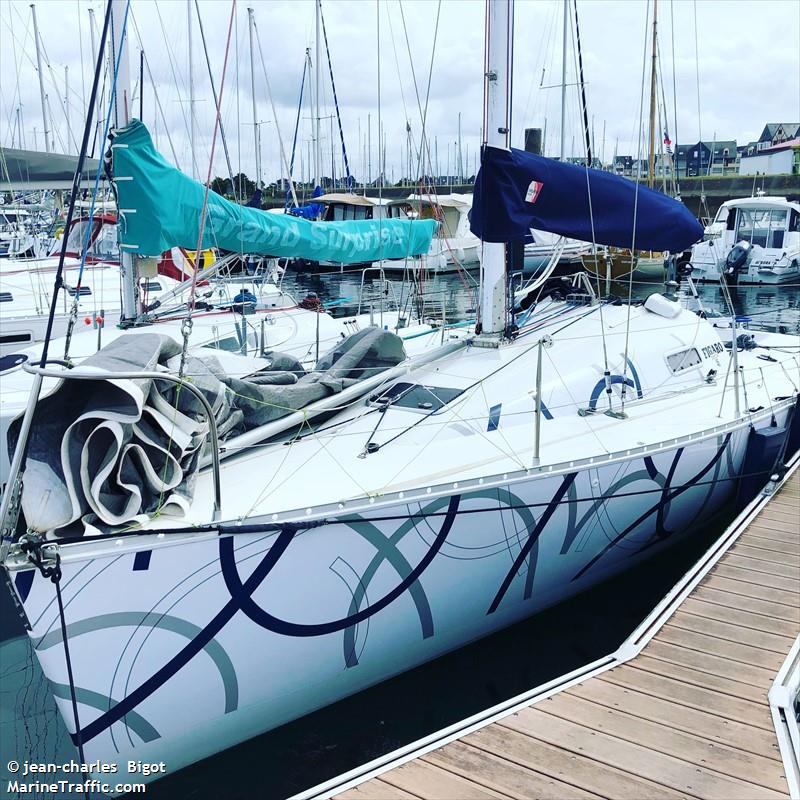Groundbreaking green tanker due in Gothenburg today

Swedish tanker operator Terntank and the Port of Gothenburg will make maritime and environmental history today when they welcome the Tern Island, a tanker that emits no greenhouse gases or carbon particulates during port operations.
Tern Island features an electric power supply hybrid system, including a battery pack, on-shore power supply and a DC-Link system which is reported to be able to reduce its auxiliary energy consumption during port operations by -99%. The shore power connection has been developed together with the Port of Gothenburg, which is said to be the first port in the world that can connect tankers to electricity.
Furthermore, Tern Island is 100% biofuel compatible. The main engine, boiler and auxiliary engine are designed to reduce the environmental impact and perform safe operations running on biofuels. By combining the optimised hull and rudder design with dual fuel capability, when utilising 30% biogas, in comparison to a same sized conventional vessel, Tern Island reduces emission by 70% of CO2 and almost eliminated the emissions of sulphur oxide (-99%), of particle emission, (-99%) and nitrogen oxide (-97%)
Designed by Terntank and Kongsberg Maritime and delivered late last year from China Merchants Jinling Shipyard, the vessel is the first of a series of two 15,000 dwt chemical and product tankers. The ship has a cargo capacity of 16500 cu m in 14 epoxy coated tanks. It will be commercially operated by the Finnish North European Oil Trade (NEOT) in the Baltic Sea area and will be included in a pool along with other vessels from Terntank.
The shore power supply is part of Gothenburg’s Energy Port initiative, which is the first of its kind in the world. When complete it will enable a reduction in carbon emissions from vessels in the port by 1,800 tonnes per year.

 , a tanker that emits no greenhouse gases or carbon particulates during port operations.
, a tanker that emits no greenhouse gases or carbon particulates during port operations.